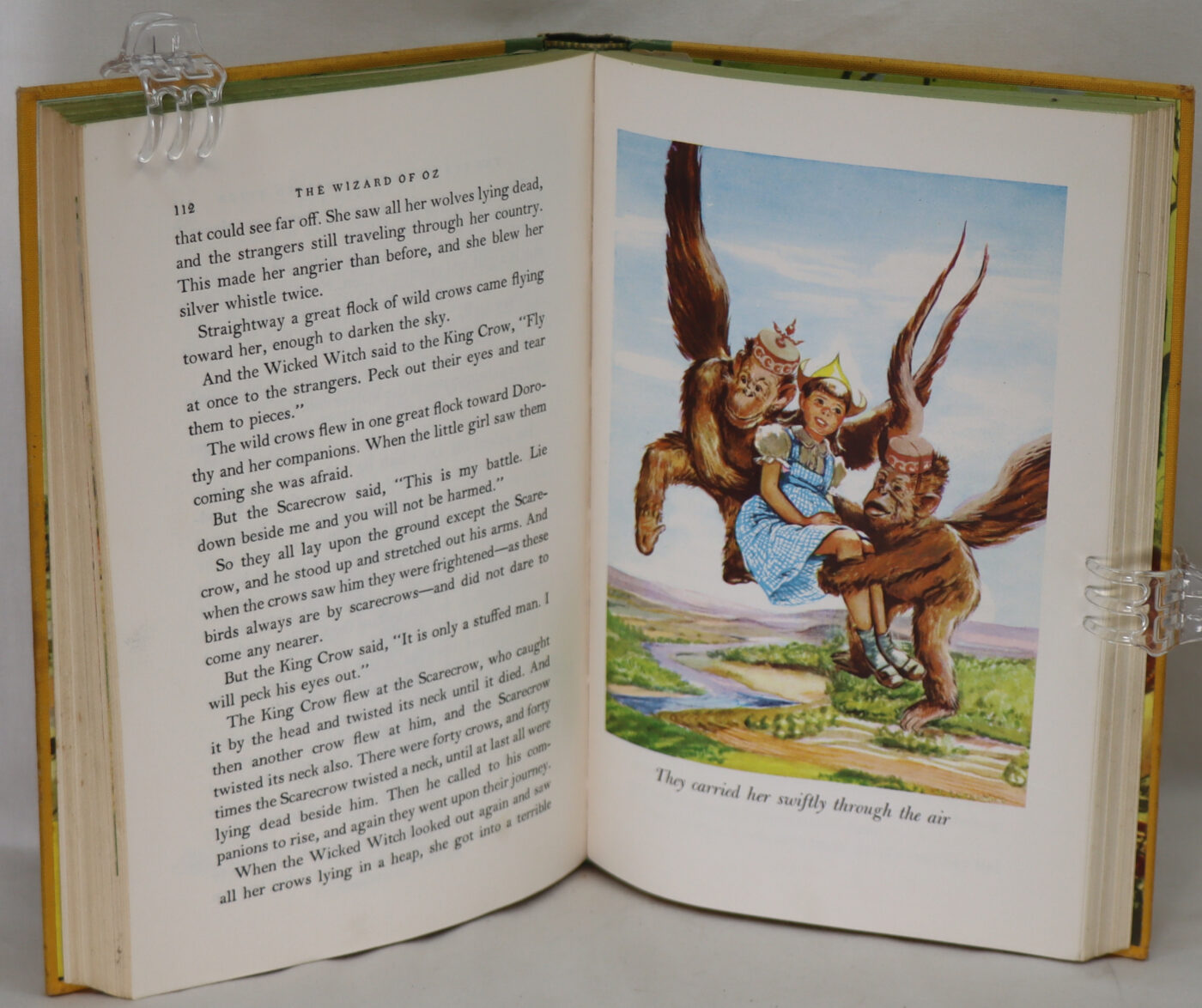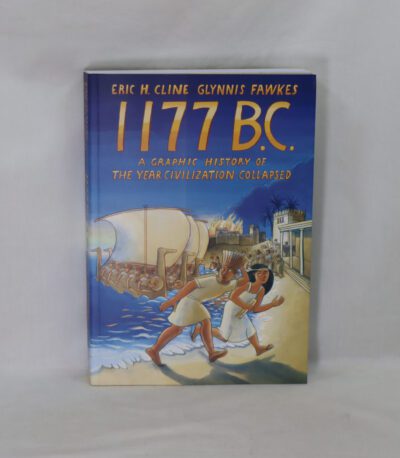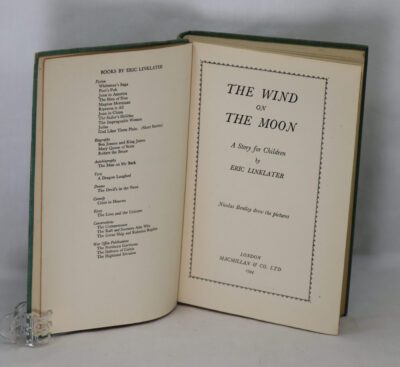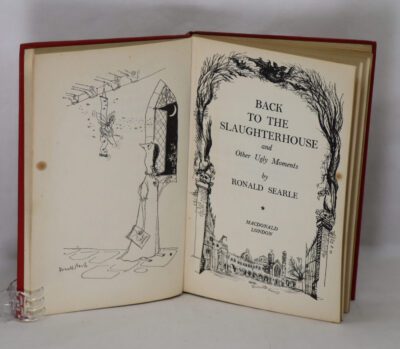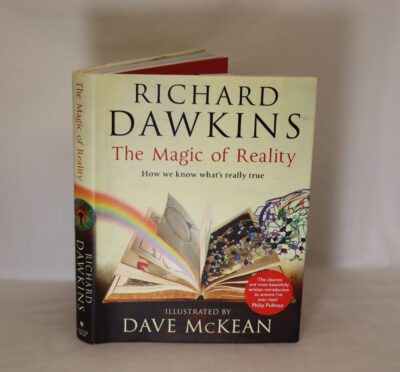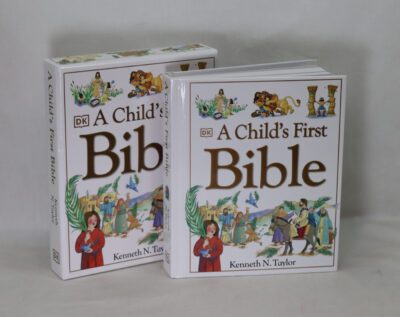The Wizard of Oz.
By L Frank Baum
Printed: 1956
Publisher: Grosset & Dunlap.New York
| Dimensions | 16 × 24 × 2 cm |
|---|---|
| Language |
Language: English
Size (cminches): 16 x 24 x 2
Condition: Very good (See explanation of ratings)
Your items
Item information
Description
Green and yellow cloth binding with title on the spine.
We provide an in-depth photographic presentation of this item to stimulate your feeling and touch. More traditional book descriptions are immediately available
- Note: This book carries a £5.00 discount to those that subscribe to the F.B.A. mailing list
A magnificent full second edition of Evelyn Copelman illustrations
For conditions, please view the photographs. A fantastic, and lovely book. The Oz books are classics, so much to explore in a fun way. So glad you point out the ART as a big part of the books, that text critics tend to over-look by nature. May you always find the yellow brick road!
Review of the 1944 Edition of L. Frank Baum’s classic book, The Wizard of Oz. Bobbs Merrill in 1944 updated the book with new illustrations drawn by Evelyn Copelman. Her illustrations show influence from both W. W. Denslow’s originals and the MGM film. Copelman created new illustrations for a later edition in 1956 for Grosset and Dunlap, creating a unique scenario where the first edition does not contain all of her illustrations.
The Wonderful Wizard of Oz is a 1900 children’s novel written by author L. Frank Baum and illustrated by W. W. Denslow. It is the first novel in the Oz series of books. A Kansas farm girl named Dorothy ends up in the magical Land of Oz after she and her pet dog Toto are swept away from their home by a cyclone. Upon her arrival in the magical world of Oz, she learns she cannot return home until she has destroyed the Wicked Witch of the West.
The book was first published in the United States in September 1900 by the George M. Hill Company. It had sold three million copies by the time it entered the public domain in 1956. It was often reprinted under the title The Wizard of Oz, which is the title of the successful 1902 Broadway musical adaptation as well as the 1939 live-action film.
The ground-breaking success of both the original 1900 novel and the 1902 musical prompted Baum to write thirteen additional Oz books, which serve as official sequels to the first story. Over a century later, the book is one of the best-known stories in American literature, and the Library of Congress has declared the work to be “America’s greatest and best-loved homegrown fairytale”.
Lyman Frank Baum (May 15, 1856 – May 6, 1919) was an American author best known for his children’s fantasy books, particularly The Wonderful Wizard of Oz, part of a series. In addition to the 14 Oz books, Baum penned 41 other novels (not including four lost, unpublished novels), 83 short stories, over 200 poems, and at least 42 scripts. He made numerous attempts to bring his works to the stage and screen; the 1939 adaptation of the first Oz book became a landmark of 20th-century cinema.
Born and raised in Chittenango, New York, Baum moved west after an unsuccessful stint as a theater producer and playwright. He and his wife opened a store in South Dakota and he edited and published a newspaper. They then moved to Chicago, where he worked as a newspaper reporter and published children’s literature, coming out with the first Oz book in 1900. While continuing his writing, among his final projects he sought to establish a film studio in Los Angeles, California.
His works anticipated such later commonplace things as television, augmented reality, laptop computers (The Master Key), wireless telephones (Tik-Tok of Oz), women in high-risk and action-heavy occupations (Mary Louise in the Country), and the ubiquity of advertising on clothing (Aunt Jane’s Nieces at Work).
Evelyn Copelman (4 September 1919 – 10 January 2003) was the artist who illustrated the 1949 edition of The Wonderful Wizard of Oz for publisher Bobbs-Merrill. She was the first of the “second generation” of Oz artists, who produced new artistic interpretations of Oz stories and characters.
Bobbs-Merrill allowed the original version of The Wonderful Wizard of Oz, with the artwork of W.W. Denslow, to pass out of print in 1944. Five years later, after the paper shortages of World War II had given way to the post-War economic boom, the publisher released a fresh edition of the book, with Copelman’s pictures and with the title The New Wizard of Oz. This was the version that a generation of children in the 1950s knew firsthand.
The project was Copelman’s first book illustration job. The publisher stated that Copelman’s art was “adapted from the famous pictures by W. W. Denslow” – a false claim. Influence from the 1939 film is more easily detected in Copelman’s work. In 1956 Copelman revised her artwork for an edition of Wizard released by Grosset & Dunlap.
Copelman also illustrated an edition of Baum’s The Magical Monarch of Mo (1947). Later Evelyn Copelman Baker, she was a professional illustrator with many books to her credit. Curiously, she also provided graphic art for the 1953 Department of the Army Field Manual on the “155-mm Howitzer M1 Towed (FM6-81).” In the 1970s she left graphic art for a career in interior design. She died of heart failure in 2003.
Once Baum’s book had passed out of copyright and into the public domain in 1956, other artists interpreted the book; in the half century that followed, dozens of new versions appeared.
Want to know more about this item?
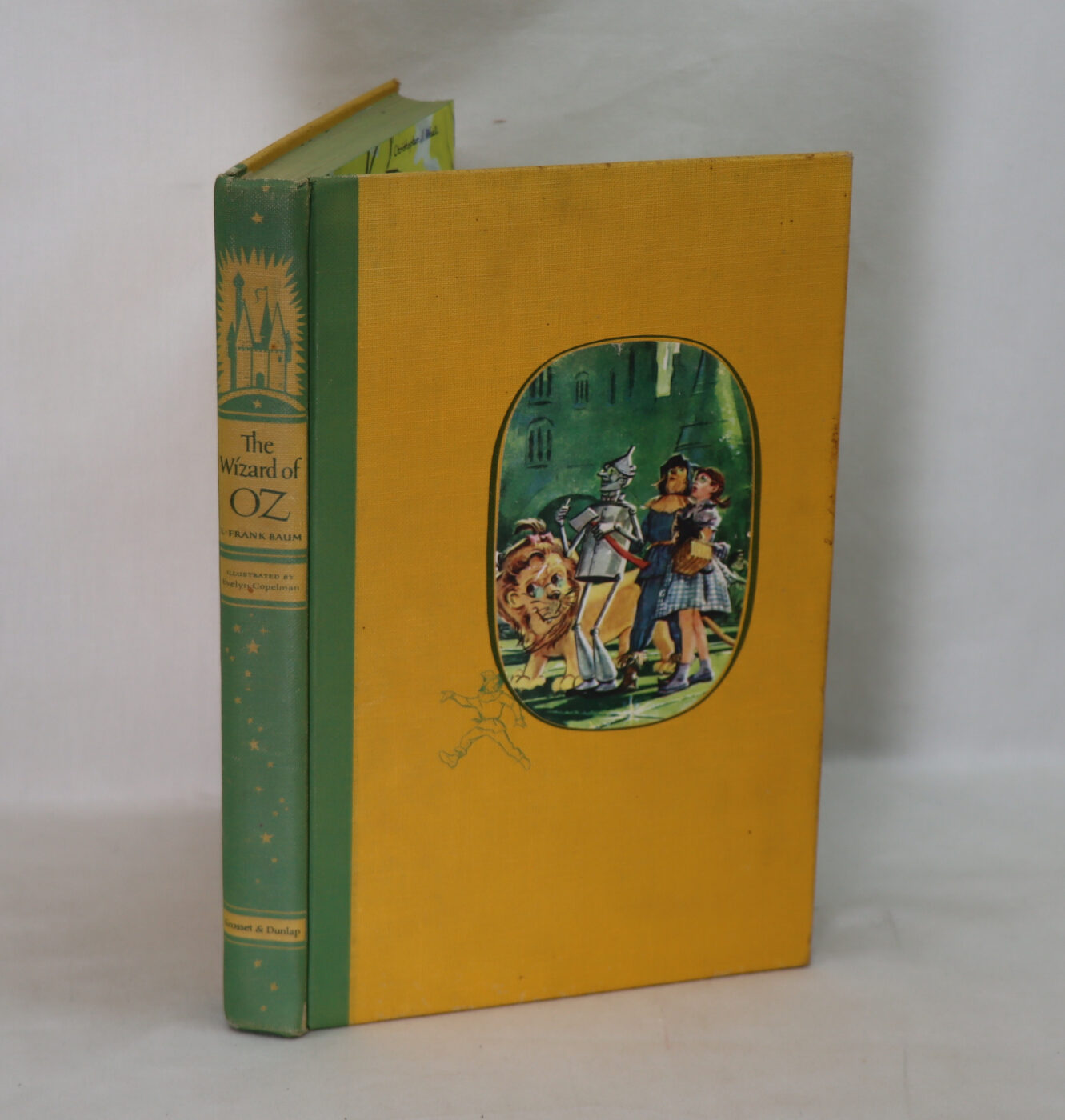
Related products
Share this Page with a friend


